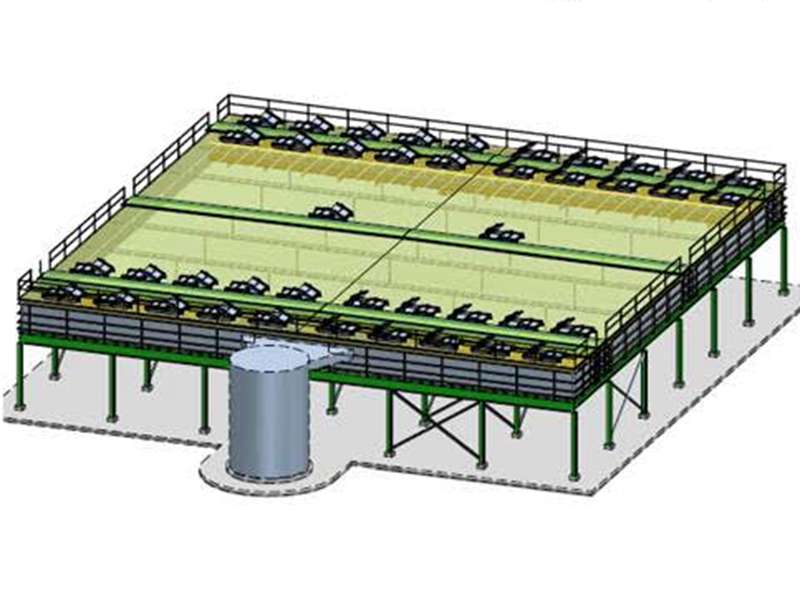
-
 Afrikaans
Afrikaans -
 Albanian
Albanian -
 Amharic
Amharic -
 Arabic
Arabic -
 Armenian
Armenian -
 Azerbaijani
Azerbaijani -
 Basque
Basque -
 Belarusian
Belarusian -
 Bengali
Bengali -
 Bosnian
Bosnian -
 Bulgarian
Bulgarian -
 Catalan
Catalan -
 Cebuano
Cebuano -
 China
China -
 China (Taiwan)
China (Taiwan) -
 Corsican
Corsican -
 Croatian
Croatian -
 Czech
Czech -
 Danish
Danish -
 Dutch
Dutch -
 English
English -
 Esperanto
Esperanto -
 Estonian
Estonian -
 Finnish
Finnish -
 French
French -
 Frisian
Frisian -
 Galician
Galician -
 Georgian
Georgian -
 German
German -
 Greek
Greek -
 Gujarati
Gujarati -
 Haitian Creole
Haitian Creole -
 hausa
hausa -
 hawaiian
hawaiian -
 Hebrew
Hebrew -
 Hindi
Hindi -
 Miao
Miao -
 Hungarian
Hungarian -
 Icelandic
Icelandic -
 igbo
igbo -
 Indonesian
Indonesian -
 irish
irish -
 Italian
Italian -
 Japanese
Japanese -
 Javanese
Javanese -
 Kannada
Kannada -
 kazakh
kazakh -
 Khmer
Khmer -
 Rwandese
Rwandese -
 Korean
Korean -
 Kurdish
Kurdish -
 Kyrgyz
Kyrgyz -
 Lao
Lao -
 Latin
Latin -
 Latvian
Latvian -
 Lithuanian
Lithuanian -
 Luxembourgish
Luxembourgish -
 Macedonian
Macedonian -
 Malgashi
Malgashi -
 Malay
Malay -
 Malayalam
Malayalam -
 Maltese
Maltese -
 Maori
Maori -
 Marathi
Marathi -
 Mongolian
Mongolian -
 Myanmar
Myanmar -
 Nepali
Nepali -
 Norwegian
Norwegian -
 Norwegian
Norwegian -
 Occitan
Occitan -
 Pashto
Pashto -
 Persian
Persian -
 Polish
Polish -
 Portuguese
Portuguese -
 Punjabi
Punjabi -
 Romanian
Romanian -
 Russian
Russian -
 Samoan
Samoan -
 Scottish Gaelic
Scottish Gaelic -
 Serbian
Serbian -
 Sesotho
Sesotho -
 Shona
Shona -
 Sindhi
Sindhi -
 Sinhala
Sinhala -
 Slovak
Slovak -
 Slovenian
Slovenian -
 Somali
Somali -
 Spanish
Spanish -
 Sundanese
Sundanese -
 Swahili
Swahili -
 Swedish
Swedish -
 Tagalog
Tagalog -
 Tajik
Tajik -
 Tamil
Tamil -
 Tatar
Tatar -
 Telugu
Telugu -
 Thai
Thai -
 Turkish
Turkish -
 Turkmen
Turkmen -
 Ukrainian
Ukrainian -
 Urdu
Urdu -
 Uighur
Uighur -
 Uzbek
Uzbek -
 Vietnamese
Vietnamese -
 Welsh
Welsh -
 Bantu
Bantu -
 Yiddish
Yiddish -
 Yoruba
Yoruba -
 Zulu
Zulu
Durable CPVC FRP Tanks for Efficient Storage and Chemical Resistance Solutions
Understanding CPVC FRP Tanks A Comprehensive Overview
Corrosion-resistant materials have become pivotal in various industries, particularly in the storage and transportation of chemicals. Among these materials, CPVC (Chlorinated Polyvinyl Chloride) and FRP (Fiberglass Reinforced Plastic) tanks are gaining prominence due to their unique properties and benefits. This article delves into the characteristics, advantages, applications, and considerations regarding CPVC FRP tanks.
What is CPVC?
Chlorinated Polyvinyl Chloride, or CPVC, is a thermoplastic material that is derived from standard PVC through a chlorination process. This chemical modification enhances its properties, making CPVC more suitable for high-temperature applications. CPVC offers excellent resistance to corrosion, chemicals, and thermal degradation, making it an ideal choice for various industrial applications.
What is FRP?
Fiberglass Reinforced Plastic, or FRP, is a composite material made of a polymer matrix reinforced with fiberglass. This composite is known for its high strength-to-weight ratio, durability, and resistance to environmental factors. FRP combines the best of both worlds the lightweight nature of plastic with the robustness of fiberglass, making it incredibly effective for various applications, including tank construction.
The Synergy of CPVC and FRP
Combining the properties of CPVC and FRP results in a tank that offers significant advantages over traditional storage solutions. The hybrid material properties of CPVC FRP tanks provide enhanced resistance against harsh chemicals and temperature fluctuations. That makes them well-suited for industries such as chemical processing, wastewater treatment, and pharmaceuticals, where the integrity of the storage medium directly impacts operational safety and compliance with regulatory standards.
Key Advantages of CPVC FRP Tanks
1. Corrosion Resistance CPVC is known for its exceptional resistance to corrosive substances. When combined with the durability of FRP, CPVC FRP tanks protect stored materials from degradation and contamination.
2. Temperature Tolerance CPVC can withstand temperatures up to 200°F (93°C), making it suitable for hot chemical storage, while the FRP layer adds structural integrity, allowing for safe use under various environmental conditions.
cpvc frp tank

3. Lightweight CPVC FRP tanks are significantly lighter than metal tanks, making them easier to transport, install, and maintain. This feature not only saves on logistics costs but also reduces the structural requirements for supporting equipment.
4. Low Maintenance The robust nature of CPVC and FRP means that these tanks require minimal maintenance over their lifespan. This characteristic reduces operational downtime and maintenance costs, making them a cost-effective solution in the long run.
5. Customizability CPVC FRP tanks can be fabricated in various shapes and sizes, tailored to specific storage needs and applications. This flexibility allows for optimized space utilization in facilities.
Common Applications
CPVC FRP tanks find their application across multiple industries. Some of the most common include
- Chemical Storage Used extensively for storing acids, bases, and other hazardous chemicals safely. - Water Treatment Ideal for storing water and wastewater treatment chemicals due to their resistance to corrosive agents. - Food Processing Suitable for certain food applications where cleanliness and resistance to contamination are crucial. - Pharmaceuticals Used in the pharmaceutical industry for storing active ingredients and other sensitive materials that require a controlled environment.
Considerations
While CPVC FRP tanks come with numerous advantages, there are also considerations to keep in mind. It is crucial to assess the specific chemicals to be stored, as certain aggressive substances may still affect the integrity of CPVC. Additionally, installation practices must adhere to industry standards to ensure the longevity and reliability of the tanks.
Conclusion
In conclusion, CPVC FRP tanks represent an innovative solution for industries requiring durable, corrosion-resistant storage options. Their lightweight nature, combined with the exceptional chemical resistance of CPVC and the structural strength of FRP, makes these tanks a viable alternative to traditional materials. As industries increasingly seek efficient and sustainable storage solutions, CPVC FRP tanks are poised to play a vital role in meeting these demands, ensuring safety and compliance across various sectors.









